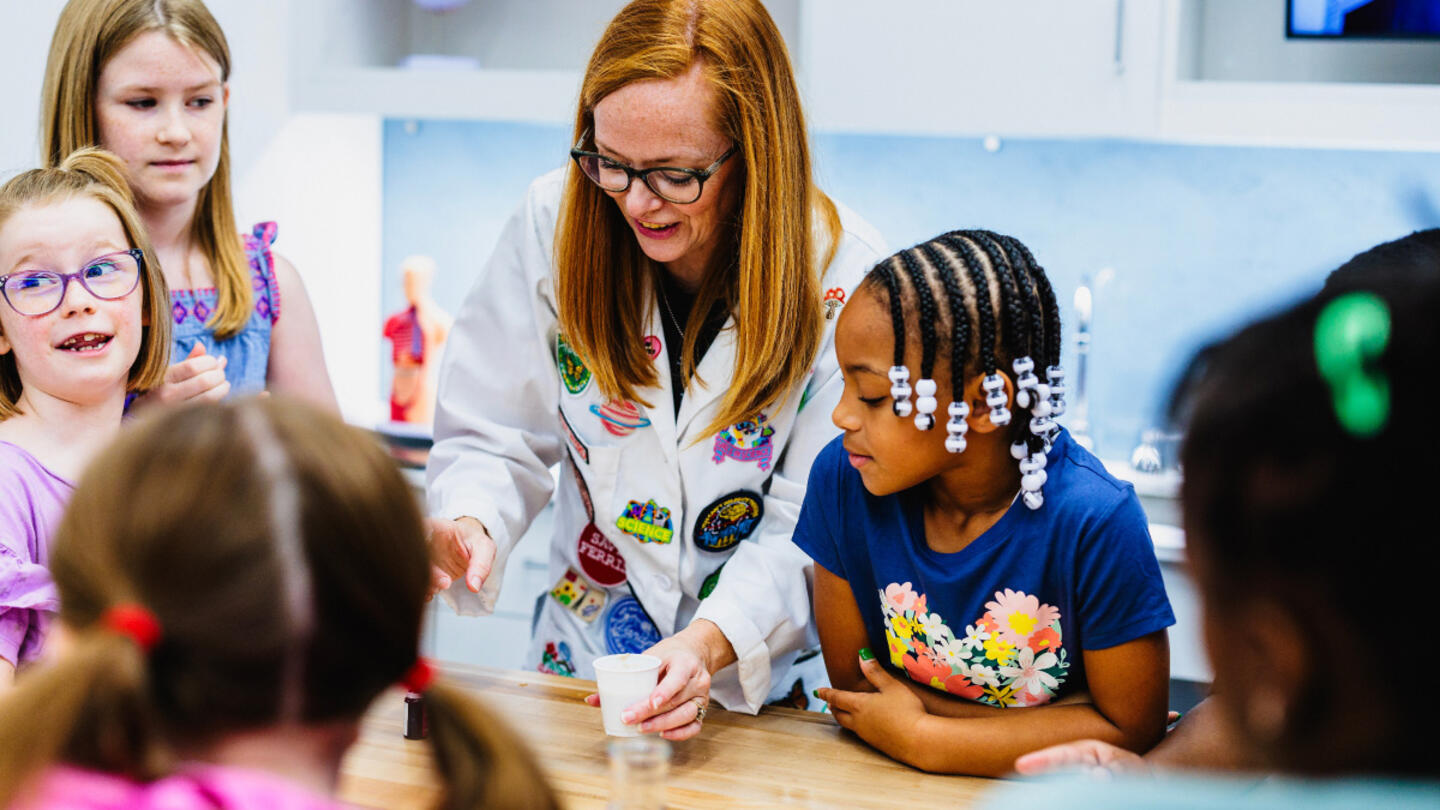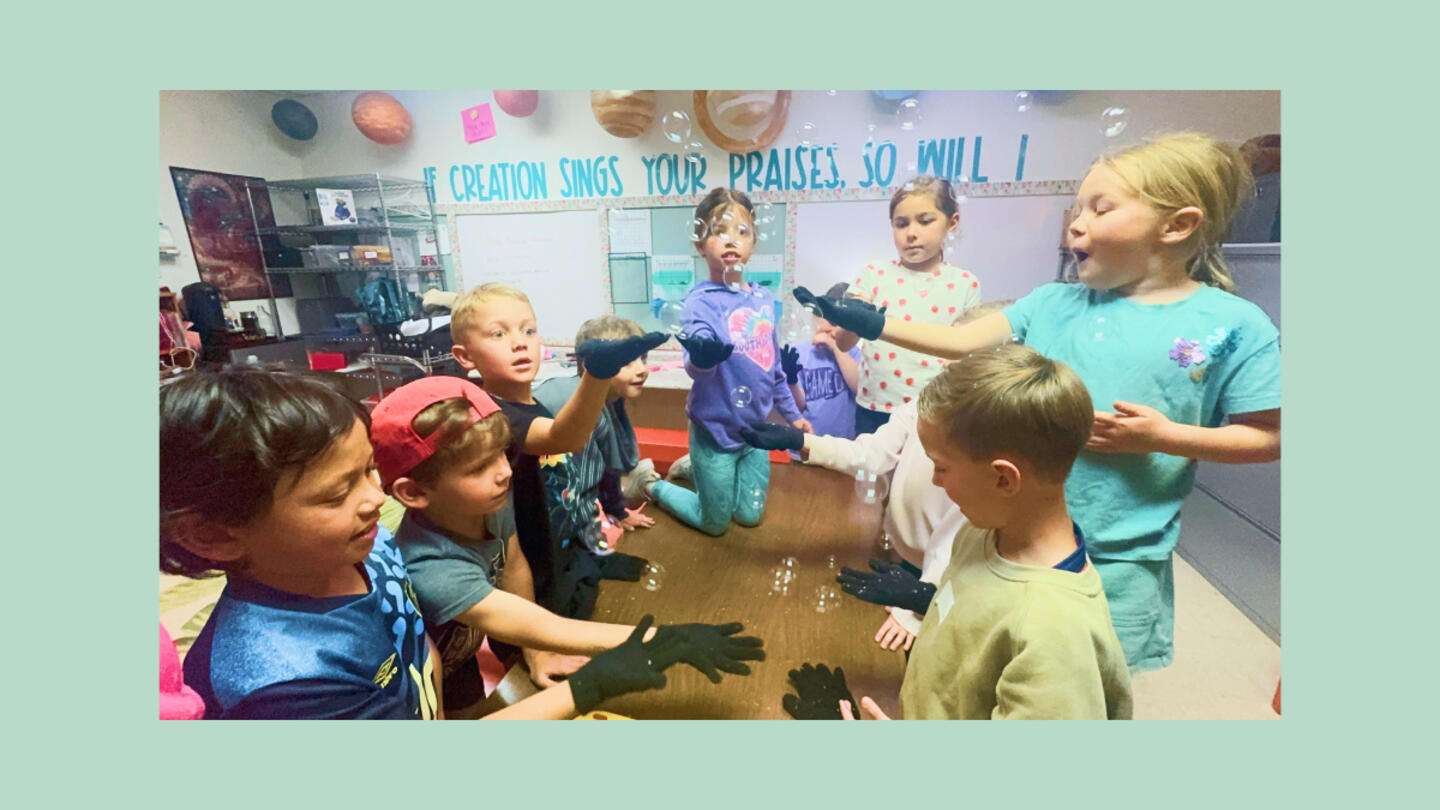How can education unlock the unique potential of every learner, preparing them to contribute meaningfully to society and live a life of meaning and purpose? What has been the consequence of a growing federal role in education in the United States today? How are we empowering those closest to today’s students to innovate and build a better roadmap to education today and for the future?
These are the questions driving a movement of policymakers, educators, parents, and social entrepreneurs as they pioneer a new frontier in education and the future of work.
Across the country, thousands of new education models are being developed, with hundreds of policies supporting families and communities in accessing learning environments tailored to their children’s unique needs and interests. New funding models and postsecondary education programs are transforming the higher education space to better serve the needs of learners, companies, and the workforce at large, both today and in the future. This localized, community-driven movement empowers parents, private institutions, and local governments to make decisions that best serve their students.
And the evidence of their success is abundant.
In a national survey, people believe education in the United States is headed in the wrong direction by a ratio of nearly 2 to 1. Additionally, only 28% of respondents believe that the U.S. Department of Education should dictate funding. An astonishingly low 12% cite the U.S. Department of Education as the entity they trust most to decide how federal K-12 education money is spent. These voters want more decisions made closer to the problem, more flexibility for schools, and less control from above.
Education savings accounts are just one such example of how states are stepping up to reimagine education. ESAs have truly changed the educational landscape, with 32 states now offering some form of direct education funding to families, empowering families to direct their child’s education dollars in ways that best meet their needs.
Families, educators, and whole schools are seizing the opportunity to become a part of the coming transformation of education.
Education innovators have found support from places like VELA, which provides capital, resources, and connections to founders building innovative learning models – programs that provide tailored solutions that reflect family preferences and values, offer flexibility, and meet the unique needs of today’s students. Since 2019, VELA has supported more than 3,500 founders, awarding more than $41 million in grants that are serving more than 5 million learners in environments that range from an afterschool science program taught through surfing and skateboarding to Montessori schools to homeschooling networks.
As this movement grows, parent surveys are showing increased interest and demand for this new vision of education. Parents don’t just want something better, they want something different: an alternative to the one-size-fits-all approach dictated by standardized testing. They want an educational experience for their children that focuses on personalized learning, practical skills, and preparation for a meaningful life.
Parents, educators, and learners are recognizing that the education needed for success is different than it was in the past.
Sign up for Stand Together's K-12 newsletter and get stories, ideas, and advice from changemakers who are transforming education across the country.
Research has found that more than half of college graduates are in roles that don’t require a college degree. People in skilled trades also tend to get hired more quickly than college graduates — and often make higher earnings.
Yet, the road to success for these educators, innovators, policymakers, and parents has been full of roadblocks created primarily by an outsize federal influence on education.
The U.S. Department of Education was officially formed in 1980. Despite its short history, it has led to negative outcomes regarding what students are learning and how learning environments are structured. It’s also deprived the education and future of work movements in local communities and states of billions of dollars of funding that could be more intentionally leveraged for student success and achievement.
In a moment when excessive federal spending and regulations are being massively curtailed, it’s time to ask the question: “How can a distant federal agency know what is best for each and every student?”
The problems with federal control
Three core problems illustrate why returning education to the states is essential.
1. Unconstitutional federal overreach
Federal mandates such as Title IX expansions, regulations expanding the scope of discrimination in education, removal of due process requirements, and school discipline guidelines have imposed one-size-fits-all policies on states and local school districts. The Department of Education also wields its power to enforce shifting political priorities, attaching strings to funding, and applying regulatory pressure to coerce compliance.
2. Misaligned incentives and costly failures
The Education Department has turned into a political tool rather than an institution serving students. Nowhere is this clearer than in the federal takeover of student loans: In 2010, the government nationalized student lending under the promise of saving taxpayers $114 billion. Instead, within a decade, this intervention cost taxpayers nearly $200 billion due to ever-expanding loan forgiveness schemes and political handouts designed to curry favor with voters. The federalization of higher education financing has driven up tuition costs while saddling students with unsustainable debt burdens.
3. An oversized bureaucracy
The Department of Education is a bureaucracy that employs over 4,100 staff whose primary function is to attach rules and regulations to funds before redistributing them back to states. This bloated system forces state education departments to hire thousands of additional administrators just to comply with federal mandates — draining resources away from classrooms. The U.S. government manages $1.6 trillion in student loans with little accountability while controlling roughly $80 billion in K-12 education funding that could be more efficiently allocated through block grants to states.
The evidence is clear that states are already leading the way in education reform, embracing education choice, innovative learning models, and new pathways aligned with the future of work. By returning education funding to states and local communities — without burdensome federal mandates — we can unlock more flexibility and efficiency.
For example, education funds could be sent directly to states, while student loan management could be relegated to an agency with incentives better aligned to financial responsibility and student success, helping to ensure taxpayer money isn’t returning to citizens with unnecessary strings attached. Additionally, less top-down oversight will inspire innovations, enabling those closest to students — parents, educators, and innovators — to create new and different learning environments.
By stepping back from federal control and empowering states to lead, we can create an education system that truly serves the needs of every student. When local communities, parents, and educators have the freedom to shape learning, we unlock the potential for a brighter, more fulfilling future for all. It’s time to trust in the people who know students best — those closest to them — and let innovation thrive at the local level.
Learn more about Stand Together's education efforts and explore ways you can partner with us.

‘We want these boys to know that regardless of where they come from, they still can be excellent.’

This colearning space has the potential to bridge the divide between public and private education.

New Johns Hopkins data shows homeschooling’s recent surge has transformed the education landscape.
Step 1: Find the best learning environment for your child. Step 2? Figure out how to pay for it.